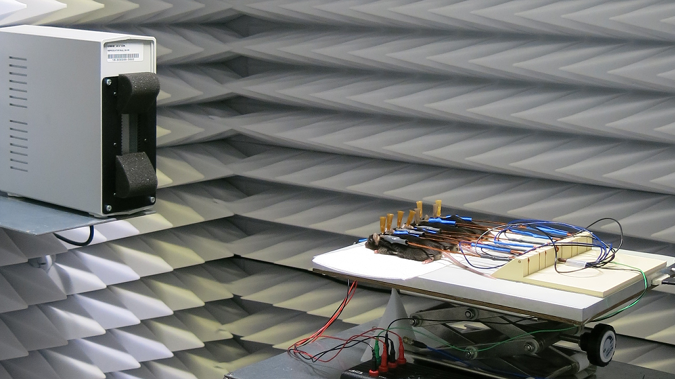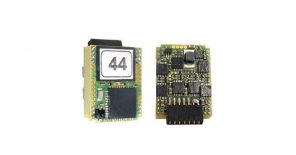
Hearing & Electrophysiology
- Laboratory technician:
- PhD student:
The primary test, auditory brainstem response (ABR), is based on electrophysiological recording of the brainstem structures activity evoked by acoustic stimulation. If a suspicion of cochlear hair cells damage exists, then a test of otoacoustic emissions is recommended in addition to ABR. The unit is equipped with a 6 m3 sound attenuated booth and advanced Tucker-Davis-Technologies auditory workstation supplemented with a high quality loudspeaker suitable for rodent experiments, which allows for generation of fully customizable sound stimuli and the recording of evoked potentials in four independent channels.
Standard services Auditory Brainstem Response (ABR)
ABR is an acoustically evoked potential recorded by subdermal needle electrodes placed on the top of the animal’s head. It represents a sum of activity of neurons responsible for sound processing starting at the level of the auditory nerve, through the cochlear nucleus and the superior olivary complex, up to the inferior colliculus. During the test an animal in tiletamin-zolazepam anesthesia is stimulated by simple clicks (rectangular pulses) or by pure tones of various intensity and frequency while the evoked potentials are recorded. The basic analysis of the signal provides information about the hearing thresholds (the lowest intensity of sound that is perceived by the animal) in frequency range of 1 – 30 kHz. However, other types of stimuli can be used on deemand in case an extended frequency range is needed or spectral or intensity modulation is of interest.
Do you have questions? Ask us
Custom services Distortion Product Otoacoustic Emissions
Proper function of the cochlea, specifically the cochlear outer hair cells, can be examined by recording of the distortion product otoacoustic emissions (DPOAE). DPOAE are very week sounds produced by active vibration of the hair cells which can be registered by a sensitive microphone placed in the outer ear canal during stimulation of the cochlea by sound. Diminished or completely missing DPOAE indicate damaged or missing outer hair cells. The technique is non-invasive, however, it requires general anesthesia in animals because the stimulation-recording probe is sensitive to movements that may cause artifacts in the recorded signal.
Do you have questions? Ask us
Technology platform
Hearing and electrophysiology unit was upgraded with the support from OP RDE project CZ.02.1.01/0.0/0.0/18_046/0015861 CCP Infrastructure Upgrade II in the years 2020 – 2022 and currently it is being upgraded from the OP JAC project CZ.02.01.01/00/23_015/0008189 Upgrade of the large research infrastructure CCP III.



